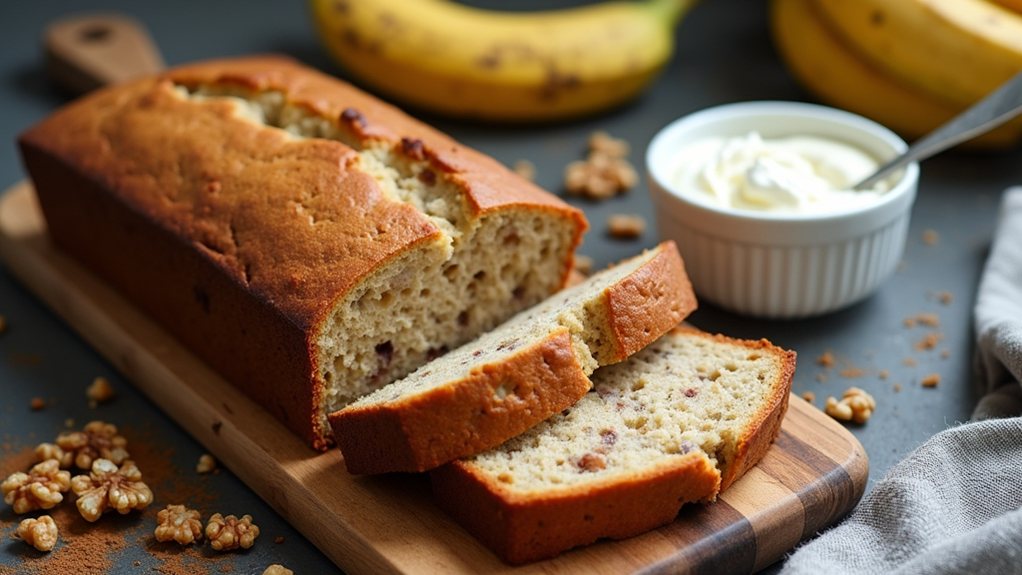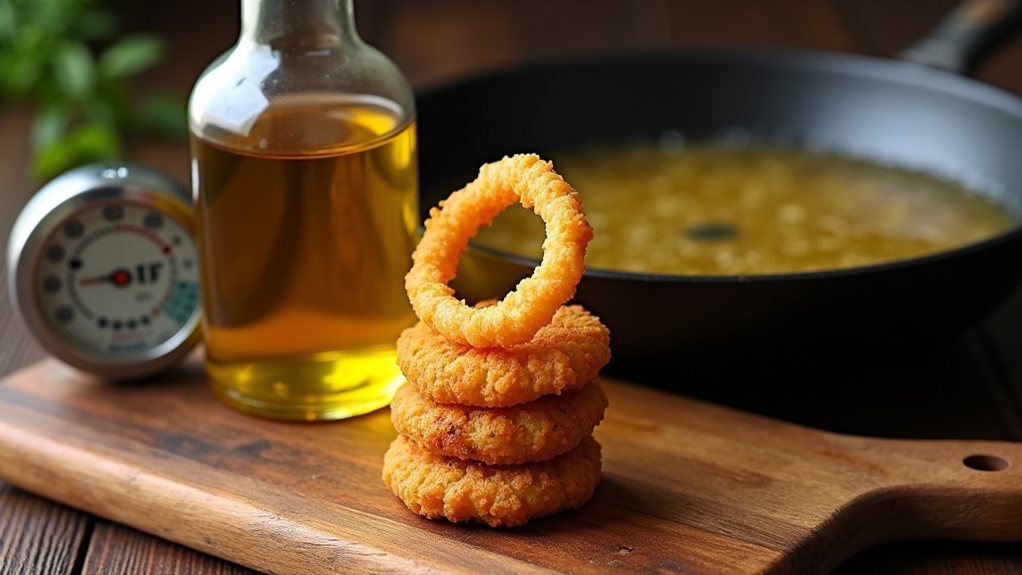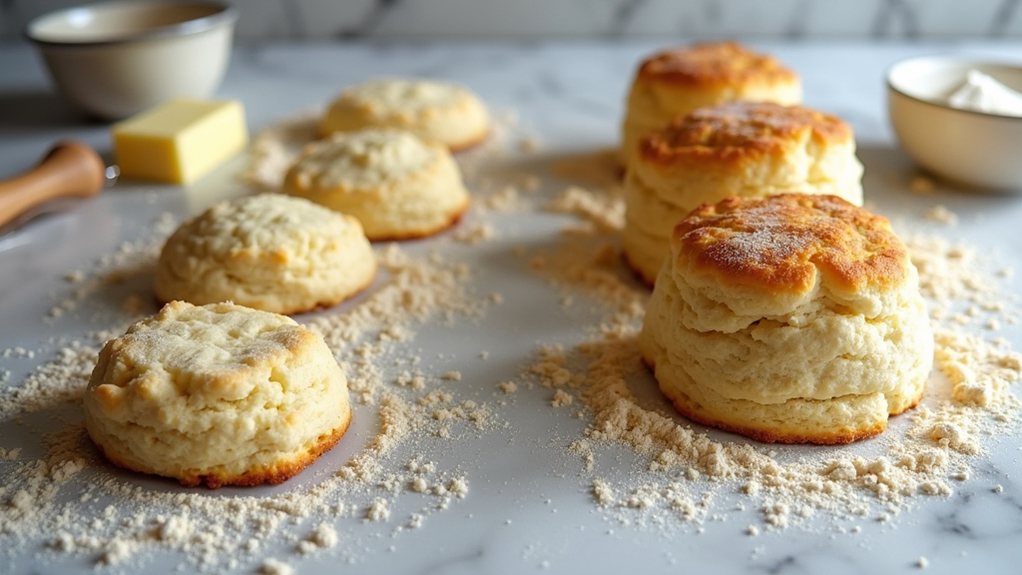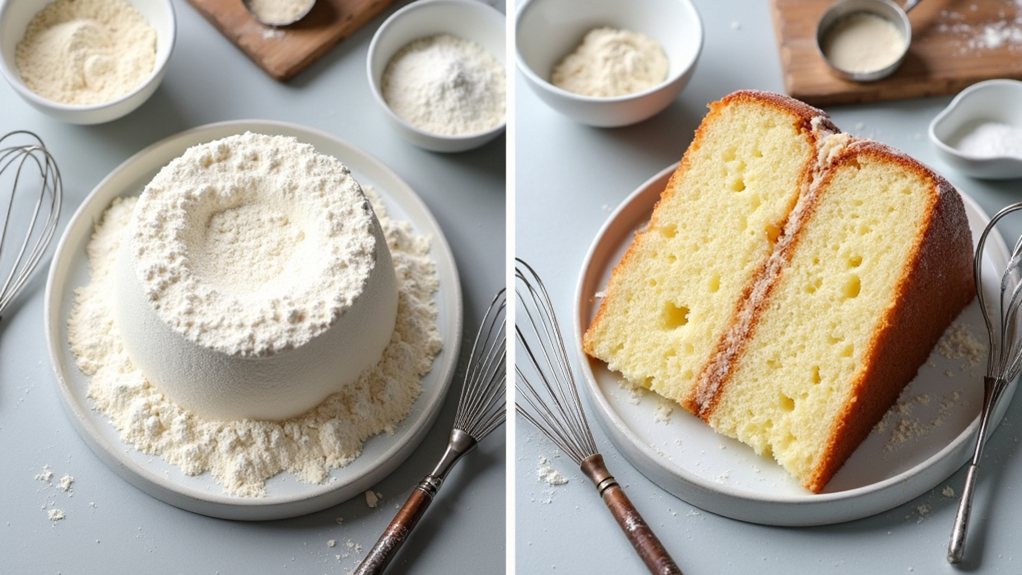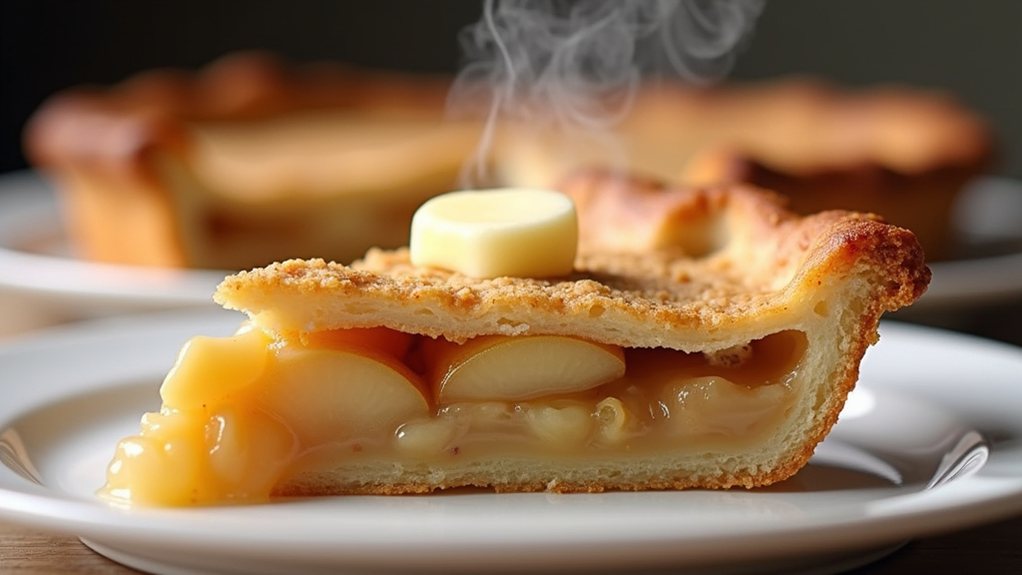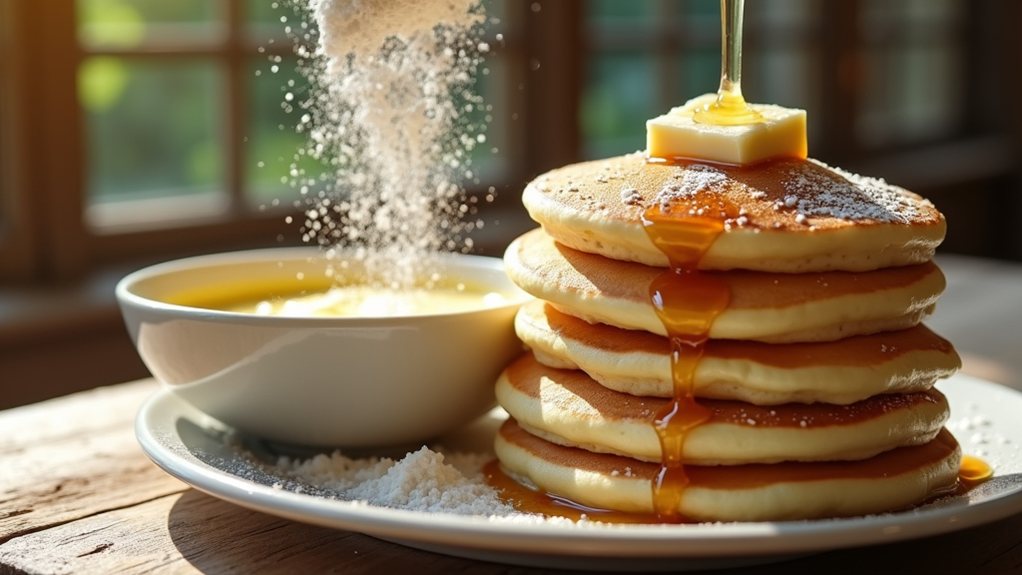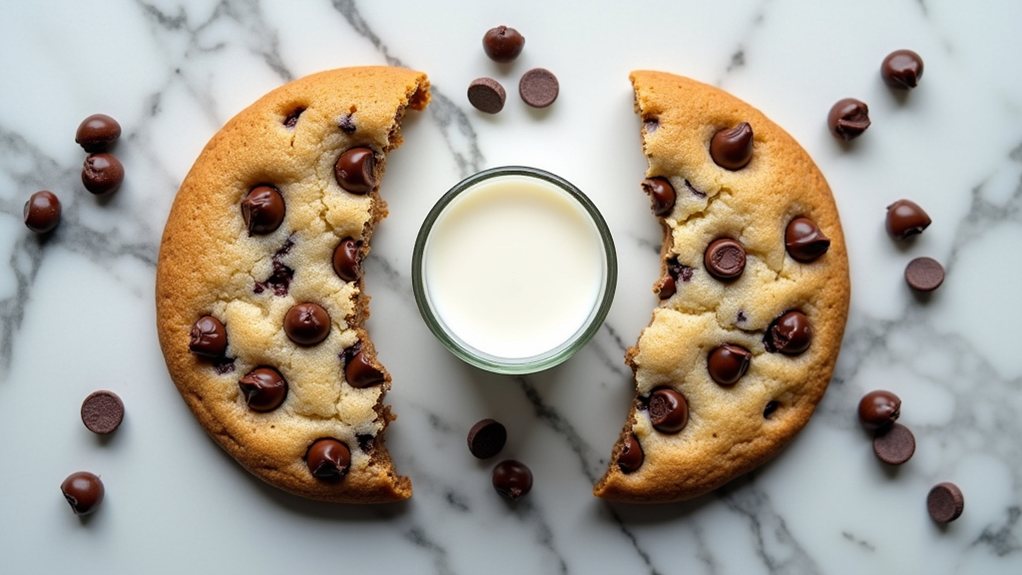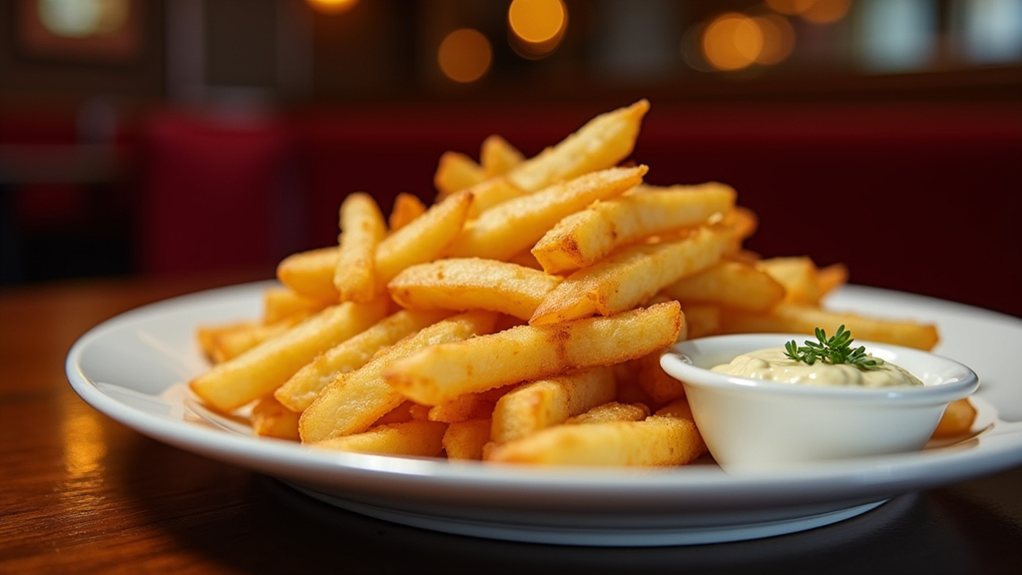Baking enthusiasts often debate the merits of different fats in quick breads, but Martha Stewart’s substitution of sour cream for butter in banana bread has sparked particular interest among home cooks. The culinary icon’s choice, while surprising to traditionalists, demonstrates how ingredient swaps can transform familiar recipes. Sour cream, with its tangy profile and unique chemical properties, interacts differently with flour and leavening agents than butter does. What makes this controversial ingredient so effective, and why might it be the secret to achieving that perfect crumb?
The Science Behind Sour Cream’s Banana Bread Magic

The culinary maven Martha Stewart has long been known for her innovative approach to classic recipes, and her banana bread recipe is no exception. Her method has raised eyebrows among traditional bakers by incorporating sour cream instead of butter, a swap that has proven both controversial and effective. The tangy dairy product serves multiple purposes in her signature loaf, creating a moisture-rich environment that keeps the bread tender long after baking.
Sour cream works its magic through several mechanisms when added to banana bread batter. The acidity reacts with baking soda, improving the leavening process for a proper rise. Meanwhile, its fat content and protein structure reinforce the complete integrity of the loaf, resulting in clean slices that don’t crumble apart when served. Many bakers appreciate the denser texture that comes from this substitution, finding it perfect for holding additional ingredients like walnuts or chocolate chips throughout the bread. Quick breads like banana bread benefit greatly from sour cream because they can be mixed and baked immediately without waiting for dough to rise.
When adapting recipes to include sour cream, Stewart recommends reducing other fats by about a quarter cup and slightly decreasing the banana quantity to maintain proper moisture balance. Room temperature sour cream incorporates more smoothly into the batter, ideally added simultaneously with mashed bananas for ideal consistency. For those seeking even more tanginess, Greek yogurt offers a comparable alternative with similar benefits. This versatile approach to baking mirrors the creative applications seen with other ingredients like canned meats, where unexpected substitutions often yield surprisingly delicious results. Similar to how proper timing affects oatmeal’s final texture, the point at which you incorporate sour cream into your banana bread batter can impact the outcome significantly.
The flavor profile benefits considerably from this controversial ingredient, as sour cream’s subtle tang counterbalances the intense sweetness of overripe bananas. The addition of sour cream prevents the bread from becoming cloyingly sweet while adding a sophisticated depth of flavor. This balance creates a more sophisticated taste experience that can be further improved with vanilla, warming spices, or citrus zest.
While purists might question this departure from tradition, the majority of home bakers who try the substitution report better texture and extended freshness in their loaves.
Stewart’s approach demonstrates that even classic recipes benefit from thoughtful innovation. By understanding the science behind ingredients rather than simply following tradition, bakers can achieve superior results—even in something as seemingly straightforward as banana bread.
